Starfish (class Asteroidea) are among the most recognizable invertebrates in the sea. With 1,500+ described species, they occur from tropical coral reefs to polar seas and from the intertidal to >6,000 m in the deep ocean. Because they have relatively few natural predators and are highly adaptable, many species can establish stable populations wherever conditions are suitable.

Radial symmetry (usually five-rayed): Most species have a central disc and five arms; some have 6–16 or more. Arm length and thickness vary widely among species.
No brain, no true blood system: Physiological tasks are handled by a water vascular system—a fluid-filled network crucial for feeding, respiration, excretion, and movement.
Tough, calcified skin: The surface is built from calcareous ossicles (skin plates) that may bear granules, warts, or spines. Many species also carry tiny pedicellariae (pincer-like structures) for cleaning, defense, and even prey handling.
Color diversity: Yellows, oranges, and reds are common, but blues, browns, and grays occur as well—useful for camouflage or warning.
Respiration: Seawater enters through the madreporite (a sieve-like pore on the aboral/back surface) and circulates in the water vascular system. Gas exchange occurs mainly across dermal papulae (skin gills) and the tube feet; energy cost is low.
Exceptional regeneration: Lost arms regrow from the central disc. In most species, a fragment must include disc tissue to regenerate a whole animal. Remarkably, some Linckia species can regenerate a new disc and the remaining arms from a detached arm (“comet” form).
Indeterminate growth: Many starfish continue slow growth throughout life, with size shaped by age, nutrition, and habitat.
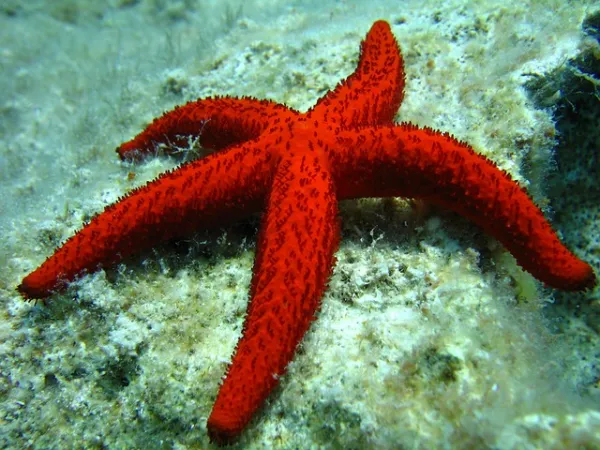
Domain: Eukaryota
Kingdom: Animalia
Superphylum: Deuterostomia
Phylum: Echinodermata
Subphylum: Eleutherozoa
Class: Asteroidea
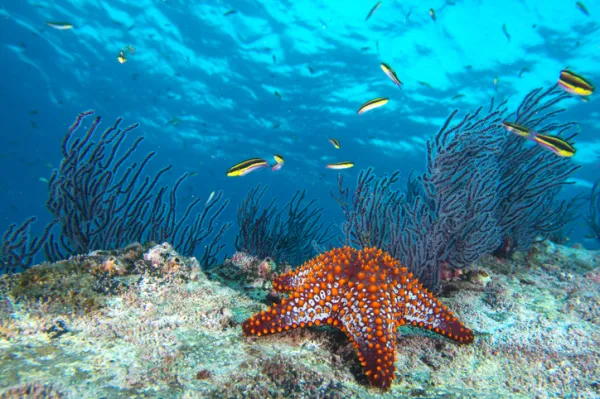
Note the difference from Ophiuroidea (brittle stars). Brittle stars have a sharply defined central disc and slender, highly mobile arms, and they move and feed differently from true starfish.
Starfish are global: Atlantic, Pacific, Indian, Arctic, and Southern Oceans. They occupy rocky shores, seagrass beds, coral reefs, sand and mud bottoms, continental slopes, and abyssal plains.
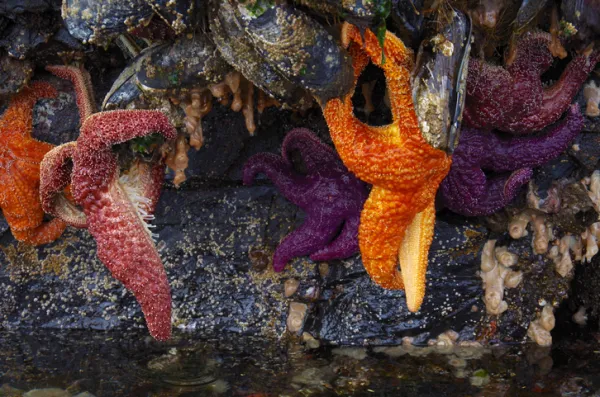
Most are opportunistic carnivores/scavengers, specializing on benthic invertebrates (e.g., bivalves, gastropods, polychaetes, sea urchins). Many perform extraoral digestion—everting the stomach between a bivalve’s shells to liquefy tissues before retraction. Others ingest food orally or capture suspended particles. Ecologically, they function as both predators and clean-up crews, shaping benthic community structure.
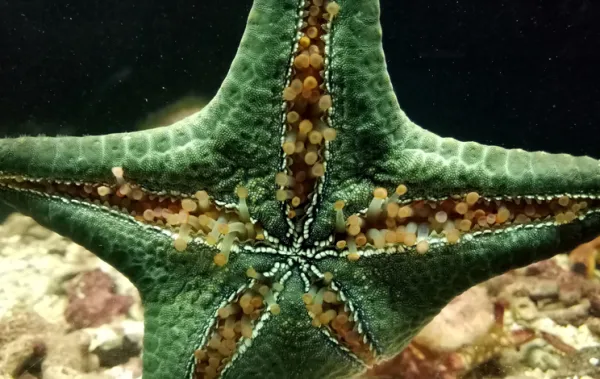
Starfish have complex life cycles and reproduce sexually and asexually.
Most species are dioecious (separate sexes), though hermaphroditism occurs in some.
Spawning is often synchronized by cues such as temperature, tides, and photoperiod. External fertilization produces planktonic larvae (e.g., bipinnaria, then brachiolaria), which later metamorphose and settle as juveniles.
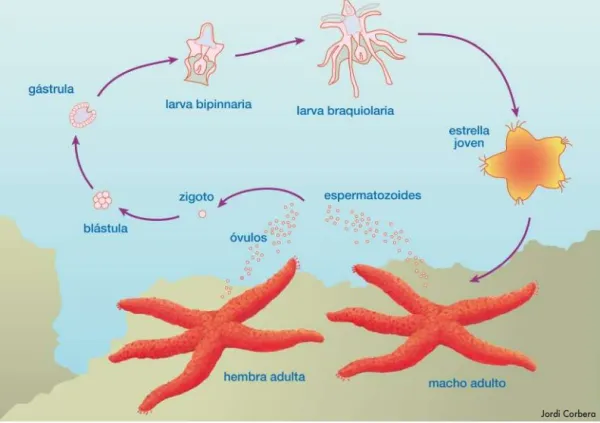
Fission: Some species (e.g., Coscinasterias tenuispina) undergo spontaneous disc fission, with each half regenerating the missing parts.
Arm autotomy and regrowth: In Linckia spp., a detached arm can regenerate the entire body. In most other starfish, a lone arm survives only briefly unless it retains disc tissue.
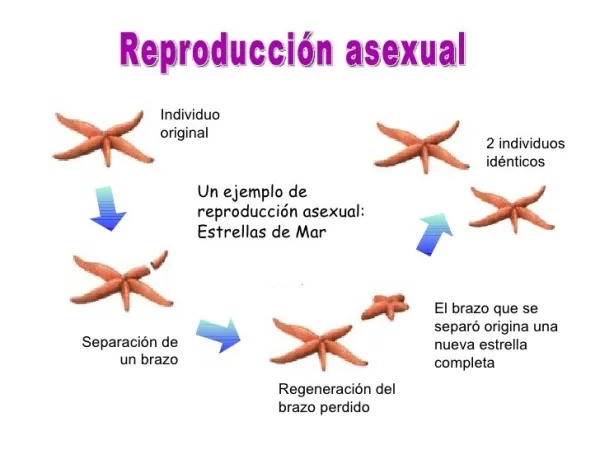
Movement and adhesion depend on the tube feet of the water vascular system. Each tube foot extends and adheres via hydraulics and sticky secretions (many have terminal suckers). Starfish are not fast, but they’re effective movers—capable of foraging, assembling to spawn, avoiding predators, and shifting microhabitats. Sensory cells in the skin and simple eyespot organs at arm tips detect light and currents; many species are nocturnally active.
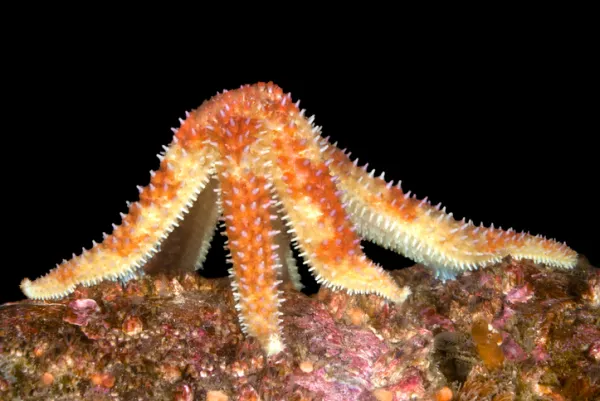
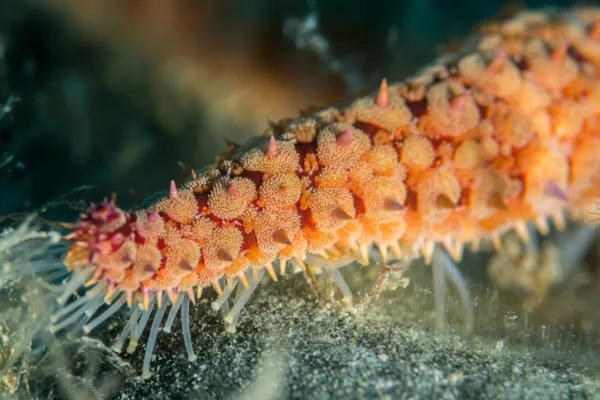
Species counts are approximate and change with ongoing taxonomic revisions.
Brisingida (~111 spp.) – Deep-sea, many-armed (often 6–16), with slender arms used for suspension feeding.
Forcipulatida (~269 spp.) – Abundant pedicellariae; many temperate/cold-water forms, some important predators.
Notomyotida (~75 spp.) – Muscular, flexible arms suited to gripping complex substrates.
Paxillosida (~372 spp.) – Soft-sediment specialists; tube feet often lack suckers; common on sand and mud.
Spinulosida (~121 spp.) – Dorsal surfaces covered in fine spines; many are small, shallow-water species.
Valvatida (~695 spp.) – The largest order, includes the familiar “stout five-armed” starfish; morphologically diverse, globally distributed.
Velatida (~138 spp.) – Broad discs, robust bodies; many adapted to cold or deep environments.
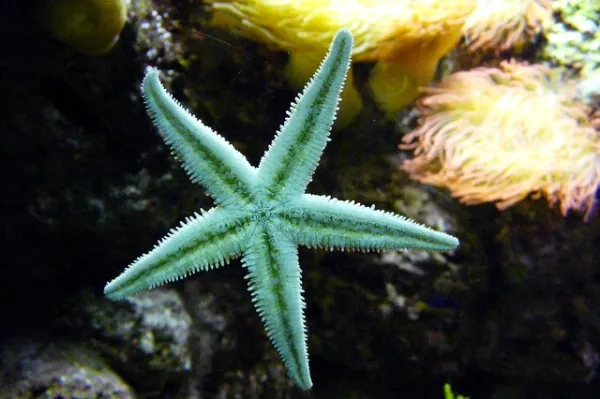


Please don’t.
Removing a starfish from seawater rapidly disrupts osmotic balance and gas exchange, leading to dehydration, tissue damage, and death—sometimes within minutes.
Best practice: Observe in place. Do not handle, expose to sun, or move them from pools. If one is accidentally lifted, gently re-submerge immediately where it was found.
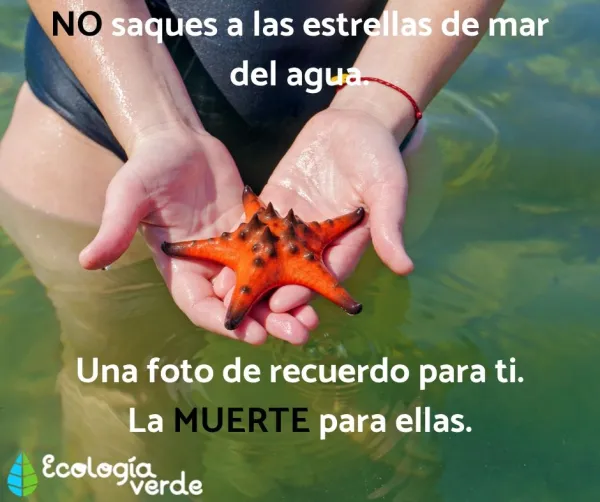
Starfish rely on a water vascular system and tube feet for feeding, breathing, and locomotion.
They have powerful regenerative abilities; a few can regrow an entire animal from a detached arm.
Life cycles include planktonic larvae and metamorphosis to the bottom-dwelling form.
They are globally distributed, from the intertidal zone to the deep sea.
Admire without disturbance—never remove starfish from the water.
Bibliography
Calva, L. G. (2002) Feeding habits of some echinoderms. Part 1: Starfish and snake stars. Metropolitan Autonomous University, pp: 59-65.
Mutschke, E. & Mah, C. (2009) Asteroidea - Starfish. University of Magallanes, pp: 803-829.
Munar, J. (1984) Symmetry anomalies of the Asteoidea (Echinodermata). Cases observed in the waters of Mallorca. Journal of the Balearic Natural History Society, Volume 28, pp: 59-66.
animal tags: starfish
We created this article in conjunction with AI technology, then made sure it was fact-checked and edited by a Animals Top editor.